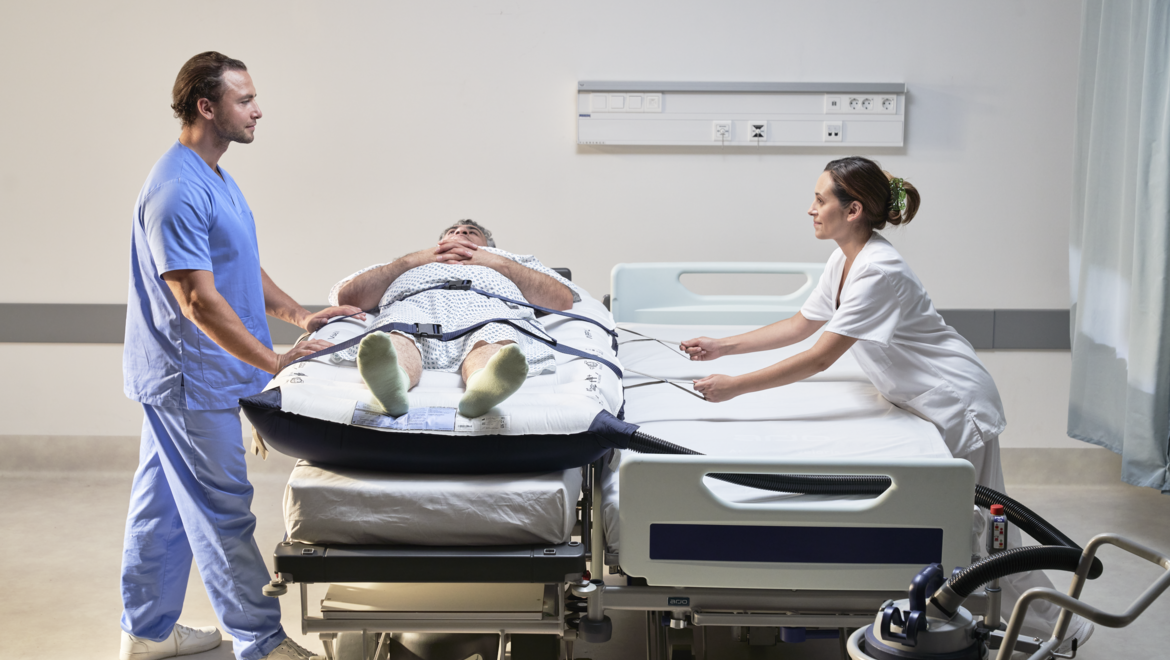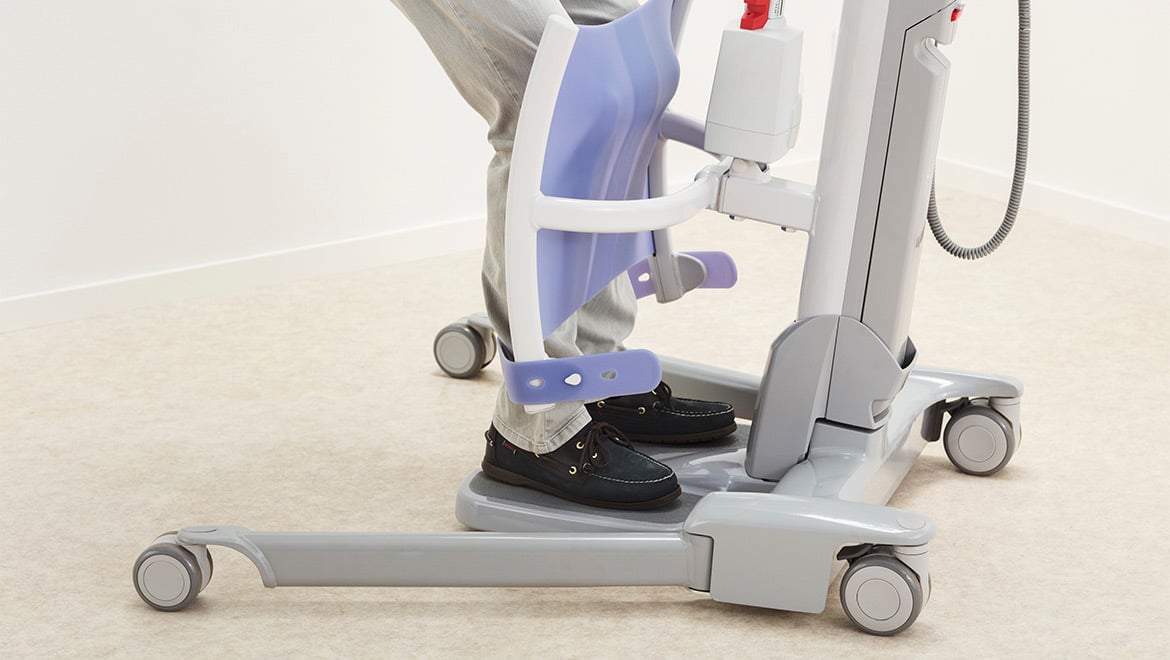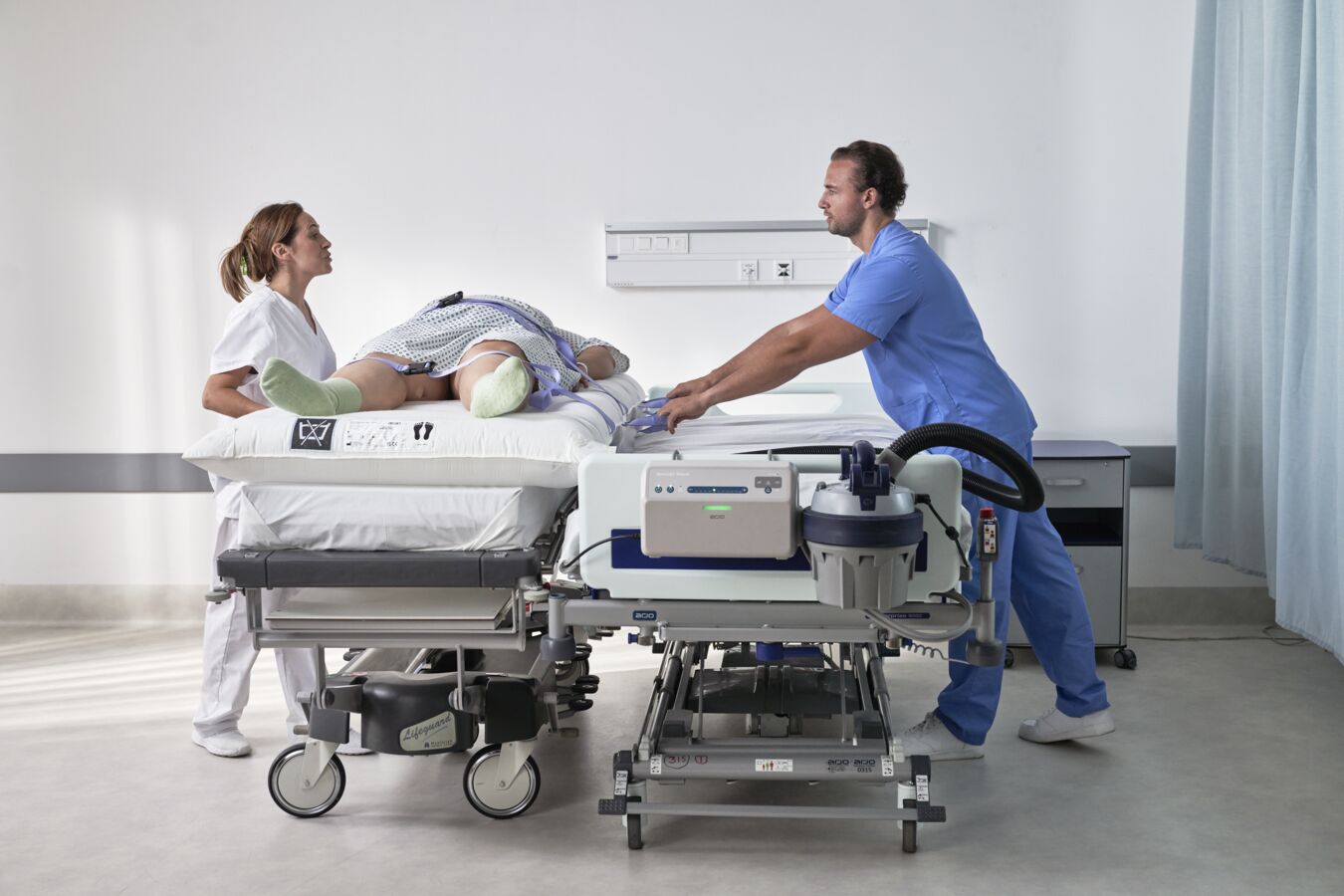Do you consider these 7 factors in the patient mobility assessment process?
The International Standards for manual handling of people in the healthcare sector discuss various methods of assessment1. The most essential transfers take place multiple times throughout the daily journey. Risk assessment helps to identify the most appropriate transfer and equipment for the situation and activity to be carried out. This helps promote functional mobility and reduce the risk of caregiver injury.
“As a first step in the assessment process, the key is to understand the person’s capabilities and where guidance or assistance is required”
Here are 7 factors to consider:
- Medical and physical conditions such as arthritis, stroke, Parkinson’s disease, diabetes, heart conditions and lung disease can all impact mobility. The caregiver needs to plan and provide care, support and assistance depending on the level of function and potential risks related to balance, stiffness, loss of sensation, pain or anxiety for example.
- Functional mobility can then be established to identify the most appropriate equipment and transfer solutions to improve or maintain this level of function.
- Preferences and capabilities of the patient/resident should always be taken into account wherever possible.
- Cognitive ability and emotional state are important factors to consider as they can impact a person’s mobility level. For example, the mobility of a person living with dementia may fluctuate throughout the day, according to their cognitive state. Activities of daily living and the choices caregivers make, may create ‘moments of friction’ for the person living with dementia.
- The physical environment such as space, potential slipping or tripping hazards, obstacles, lighting etc should be assessed to maximise patient and caregiver safety.
- Number of caregivers required and if one-to-one care can be provided. Look at all of the care routines including number of transfers, frequency of hygiene procedures and any differences during the day.
- Caregiver skill-level - training in safe patient handling and mobility practices is essential and should be kept up to date in line with local policies and international best practice.
Book a demonstration of our Patient Handling Solutions
Discover the benefits of our Patient Handling Solutions with a personalized demonstration from an Arjo representative. Click here to book a demonstration.
References:
1. ISO/TR 12296:2012 Ergonomics — Manual Handling of People in the Healthcare Sector, 2012









